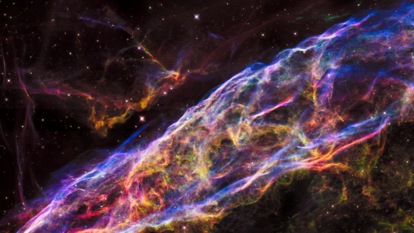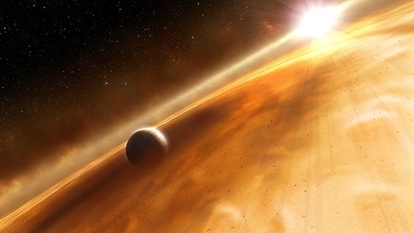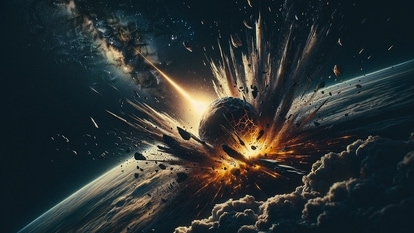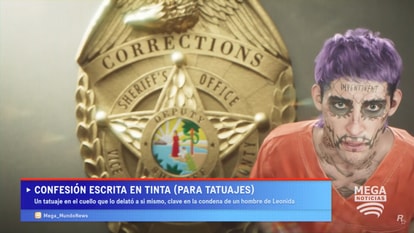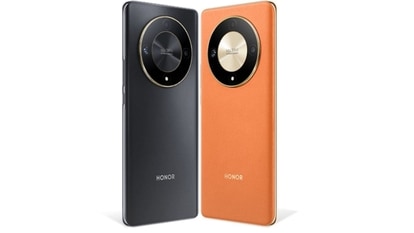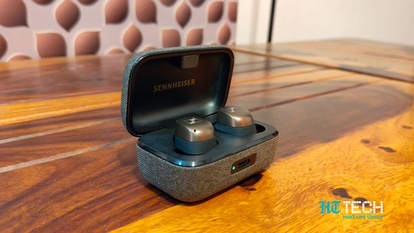NASA's Hubble Space Telescope snaps a cosmic leviathan
NASA’s Hubble Space Telescope captures a mind-blowing image of a cosmic leviathan. Know more about the amazing image here.
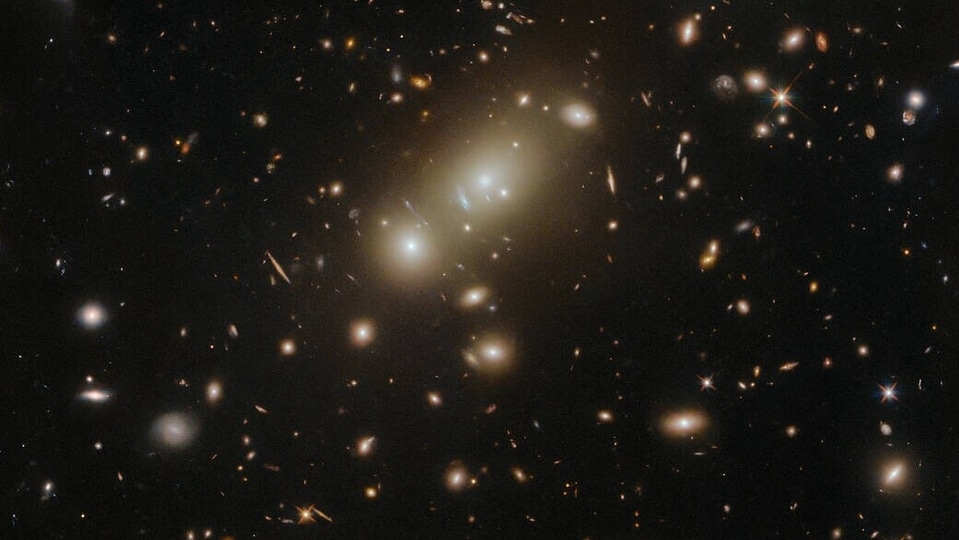
It is always mesmerizing to see how the Hubble Space Telescope manages to capture fascinating images of space and galaxies that are millions and billions of light years away. Space agencies with such strong instruments can discover so many mysteries that are beyond our general comprehension and understanding. Yet again, NASA's Hubble Space Telescope has snapped an image of a massive cosmic leviathan - the Abell 3322 galaxy cluster. Along with the cluster, the telescope was also able to feature galaxy 2MASX J05101744-4519179 in the same image.
About Abell 3322
According to a NASA report, the cosmic cluster named Abell 3322 was captured by ESA/ Hubble and NASA. The cluster is reported to be 2.6 billion light-years from Earth in the constellation Pictor. In the image, we can see soo much of the universe's glory and the amount of light each object is producing from so far away is something we should pay attention to.
NASA also revealed the cluster's qualities, it said the cluster can be termed a cosmic leviathan which appears to be highly luminous at X-ray wavelengths. These X-ray wavelengths can be seen with the naked eye, however, instruments like Hubble Telescope goes beyond human reach.
NASA further explains that "Observing galaxy clusters like Abell 3322 can advance our understanding of the evolution and interactions of dark and luminous matter in galaxy clusters."
The image was captured with the help of two of the Hubble Telescope instruments called Wide Field Camera 3 and the Advanced Camera. Each camera holds the capability to unravel the mysteries of the night sky and help researchers to get in-depth data on every new discovery. Infrared, visible light and ultraviolet are all covered by WFC3. ACS, on the other hand, focuses on visible light and doesn't have wide coverage of WFC3.
About Hubble Space Telescope
According to a NASA report, Hubble is a space observatory that was launched in 1990 to study the universe. Over the years, the telescope has been contributing to space exploration and revealing its mysteries in an astounding manner.
Catch all the Latest Tech News, Mobile News, Laptop News, Gaming news, Wearables News , How To News, also keep up with us on Whatsapp channel,Twitter, Facebook, Google News, and Instagram. For our latest videos, subscribe to our YouTube channel.









